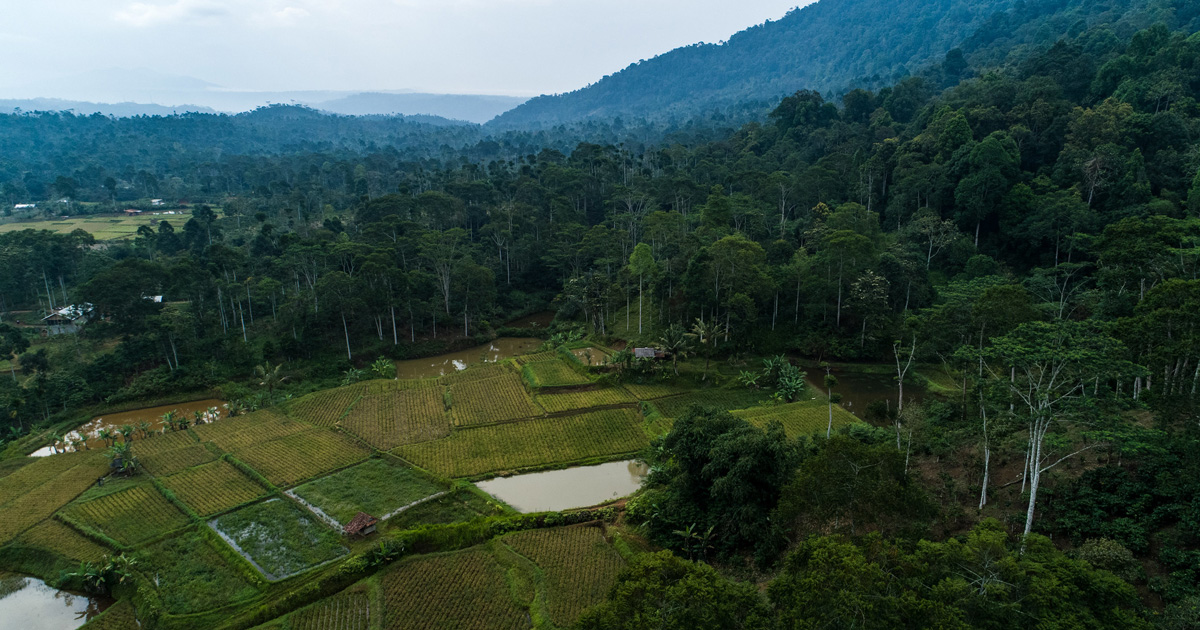This study sought to determine the effect of feeding three levels of the novel feedstuff fresh Phyllanthus emblica (amla) fruit on nutrient digestibility, fermentation parameters, and milk production of lactating dairy cows. Eight ruminally cannulated mid-lactation dairy cows were randomly assigned to two treatment groups in a repeated crossover design. There was a 14-d adaptation phase followed by the start of period 1. In this period, the first group of 4 cows received the control diet, whereas the other group was supplemented with FAF at increasing levels (200, 400, 600 g/d), sequentially, at 14-d intervals. Each period consisted of a cow as the main plot, with three different amla doses representing subplots. In period 2, the control and supplemented groups were exchanged. For each sub-period, the first ten days were adjusted for diet adaptation, and the last four days were assigned to sample milk, feed, rumen, and feces. Supplementation of FAF had no effect (P = 0.92) on feed intake. While, the lowest (P < 0.01) rumen protozoa count was recorded at 400 g/d FAF dose compared to other groups. However, total VFA concentrations varied in a quadratic manner (P = 0.04) with increasing FAF doses. The molar proportion of acetate (P = 0.01) and propionate (P < 0.01) were altered (cubic effect). The effects of FAF supplementation on NH3-N concentration (P < 0.001) were dose-dependent, with the concentration decreasing by 54.9% at 200 g/d and increasing by 29.8% at 600 g/d when compared to controls. There was a quadratic effect of FAF on milk yield (P = 0.02), with the 200 and 400 g/d groups producing higher milk yields than the 600 g/d groups. The inclusion of 400 g/d FAF in the diet led to greater milk protein yield (P < 0.01) and milk nitrogen efficiency (P < 0.01) compared to cows fed 200 g/d FAF. Moreover, the concentration of milk urea nitrogen (MUN) was reduced (P < 0.001) with 200 or 400 g/d FAF supplementation compared with control or 600 g/d FAF. When cows were supplemented with a 400 g/d FAF dose, both ruminal protozoa counts and MUN were reduced, but milk protein and nitrogen efficiency were increased with no reduction in milk production. These results suggest that FAF can be used as an alternative natural feed source up to 400 g/d on an as-fed basis, but beyond that there may have anti-nutritional factors that limit the levels of amla supplementation. © 2021 The Authors
DOI:
https://doi.org/10.1016/j.anifeedsci.2021.115160
Altmetric score:
Dimensions Citation Count:
























